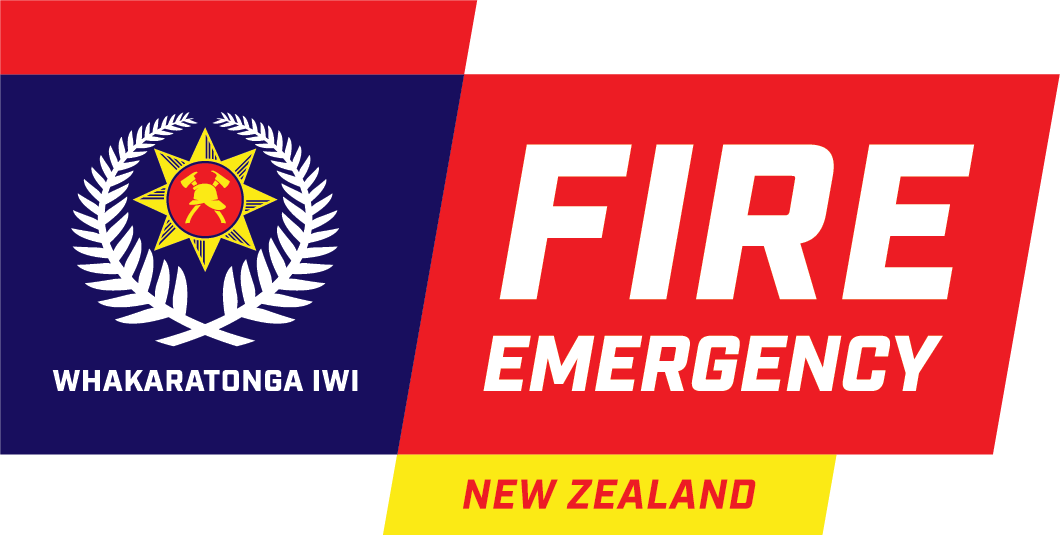USAR recruits train 24/7 for three days
An urban search and rescue (USAR) training exercise held earlier in September saw CAT2* logistics, medic and technician recruits working round the clock for three days in a post-earthquake scenario.
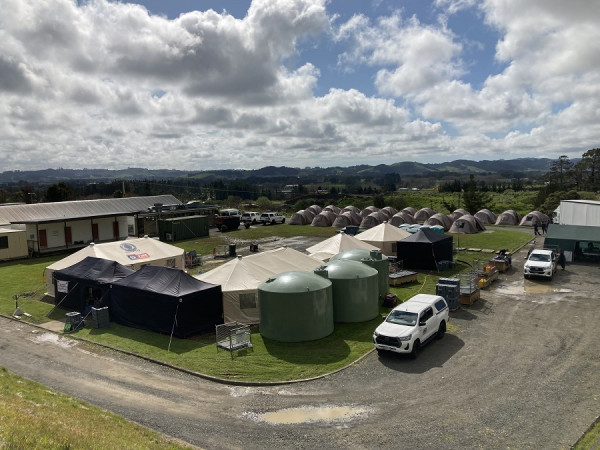 The exercise was held at Ardmore in Auckland and followed a two-week stay in Palmerston North where the recruits learned about all the tools and equipment they would be putting into practice for the exercise. It was run alongside the annual major USAR exercise involving all three of our teams – Southern, Central, and Northern (which is for international deployments).
The exercise was held at Ardmore in Auckland and followed a two-week stay in Palmerston North where the recruits learned about all the tools and equipment they would be putting into practice for the exercise. It was run alongside the annual major USAR exercise involving all three of our teams – Southern, Central, and Northern (which is for international deployments).
Andy Simpson, USAR Logistics Instructor, said the exercise involved search and rescue activities in scenarios replicating the types of collapsed structures that would be likely post-earthquake.
‘The recruits work as they would in a real incident. We push them pretty hard, and they work through the night, in rain or 30 degree Celsius weather.
‘Our training scenarios are very realistic; we will spend a couple of months just building the props that the recruits are working in, for example, pancaked buildings. All our props are designed to replicate the real thing.
‘This exercise has been three months in the planning. These exercises are run every two years (except this particular one which, due to Covid and industrial action had to wait three years). With over 50 people on the course, it is a massive undertaking; in total 70 people are pulled off the trucks (instructors and the recruits), whose roles need backfilling for three weeks.’
Andy said the logistics personnel (“loggies”) resource the back end to make sure the front end is working. The recruits learned how to build and operate a Base of Operations for the duration of the event, which included:
- Deployment of cache and personnel
- How to put up tents (five types)
- Water purification – set up and use
- Mess tent ( they live off ration packs), hot water
- Shower and toilet facilities
- Managing the on-site equipment cache which includes all the tools the technicians use for concrete cutting, shoring etc, as well as electric tools
Glenn Hudson, USAR Central team operations manager, was part of the instructor group for the training, and said his role is to be a mentor for the recruits, mostly on the technical rescue side of things.
‘This course is based on a heavy rescue ethos; therefore we mentor the students in critical thinking around how they operate in a heavy rescue environment.
‘For many of the trainees it’s the first time they have been involved in this type of work and it is a totally new experience. Skills learned include:
- Shoring and cribbing skills – propping up and supporting buildings vertically and horizontally.
- Breaking and breaching – making access into concrete structures, using both concrete cutting equipment and breaking gear
- Lifting – moving heavy loads to gain access to and extricate patients
- Construction methods – using knowledge of construction so the students understand how to deconstruct a building safely to gain access to patients.’
Northern USAR Squad Leader, Jeremy Hull, is a CAT2 Instructor and has been a USAR trainer in different capacities for about 15 years. He has a background in civil construction and brings those skills to the team.
‘The skills required of a USAR technican have diversified as the environment that we work in has changed. We’re now doing trench rescue, UAV, land subsidence, and water response.’
When asked about what the major pre-requisite is for joining USAR, Jeremy says it is ‘team fit’.
‘Team fit is the biggest thing – the ability to get on with people. It’s important when you’re working under duress that you can still get along with those people – that’s probably the biggest factor that I look for.’
Other participants involved in the training were St John paramedics, structural and geotechnical engineers, and search dogs.
*USAR training: Category 1 (CAT1) - Surface Search and Rescue/Category 2 (CAT2) - Surface and Below Debris Search and Rescue

Jeremy Hull and Royce Tatham
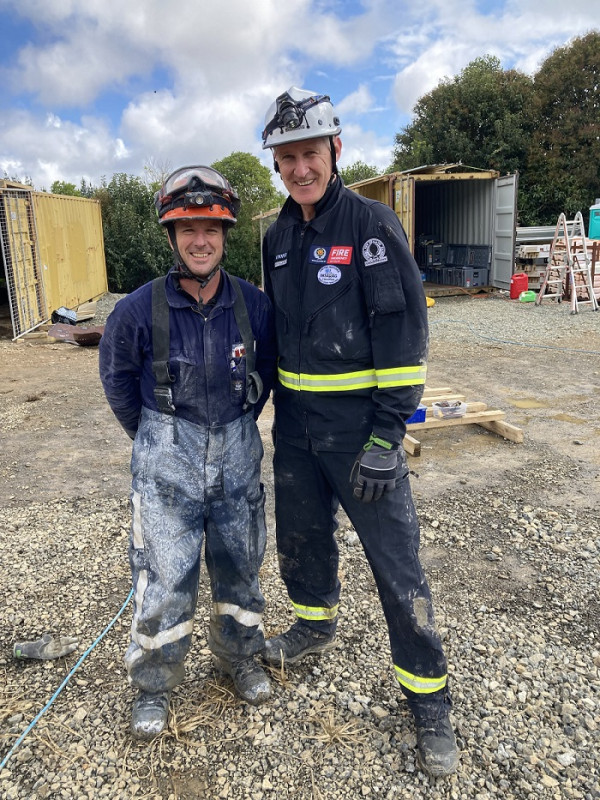
Recruit Jarrod Jones and Ken Cooper, Central USAR team leader and Taskforce Commander

Ken Cooper and Glenn Hudson entering through a breach to a mockup shopping centre
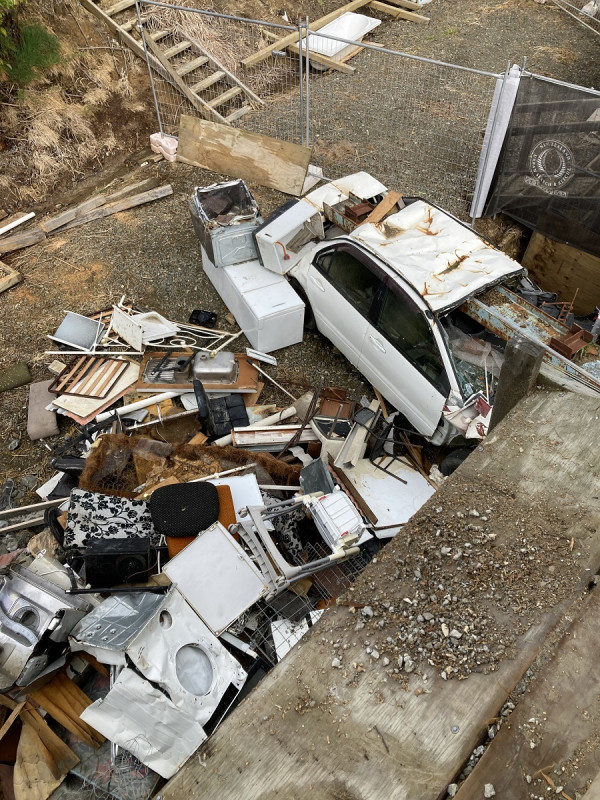
Post-earthquake mockup
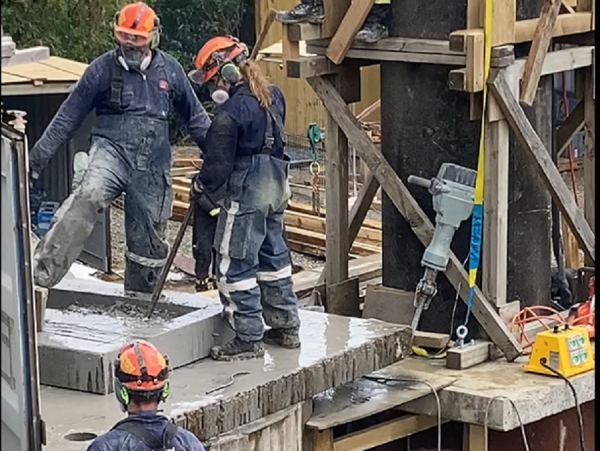
Cutting a breach (opening)

Michael “Ringo” Harwood, USAR Instructor
